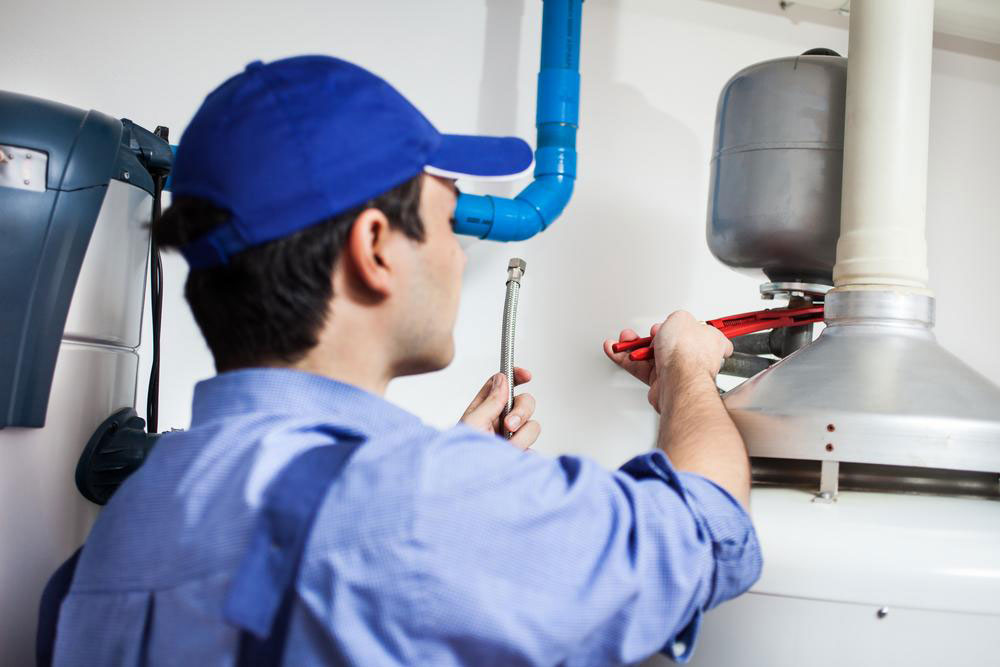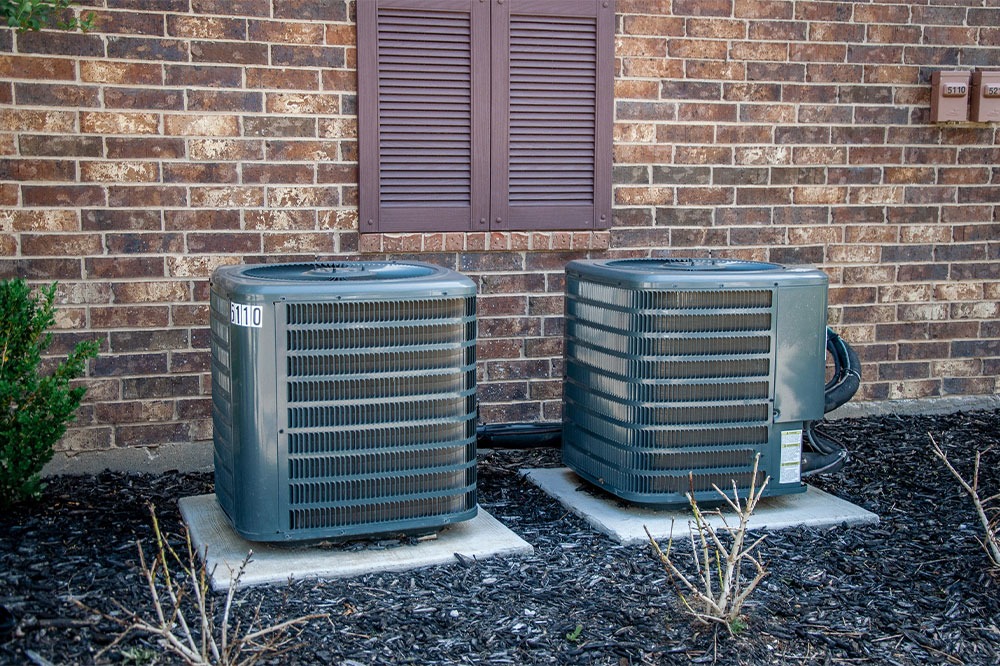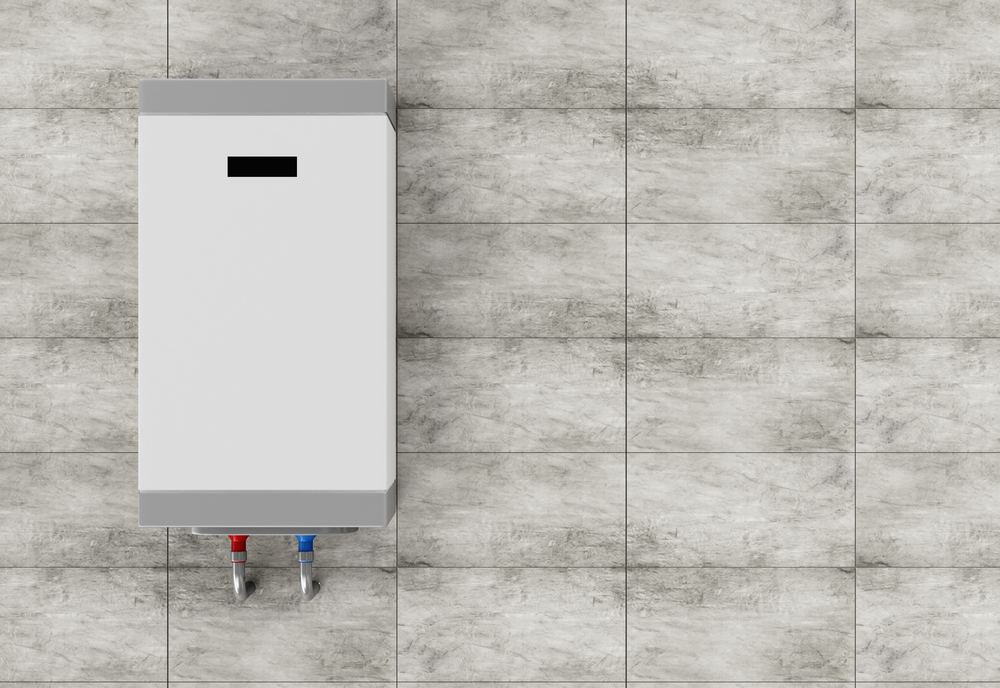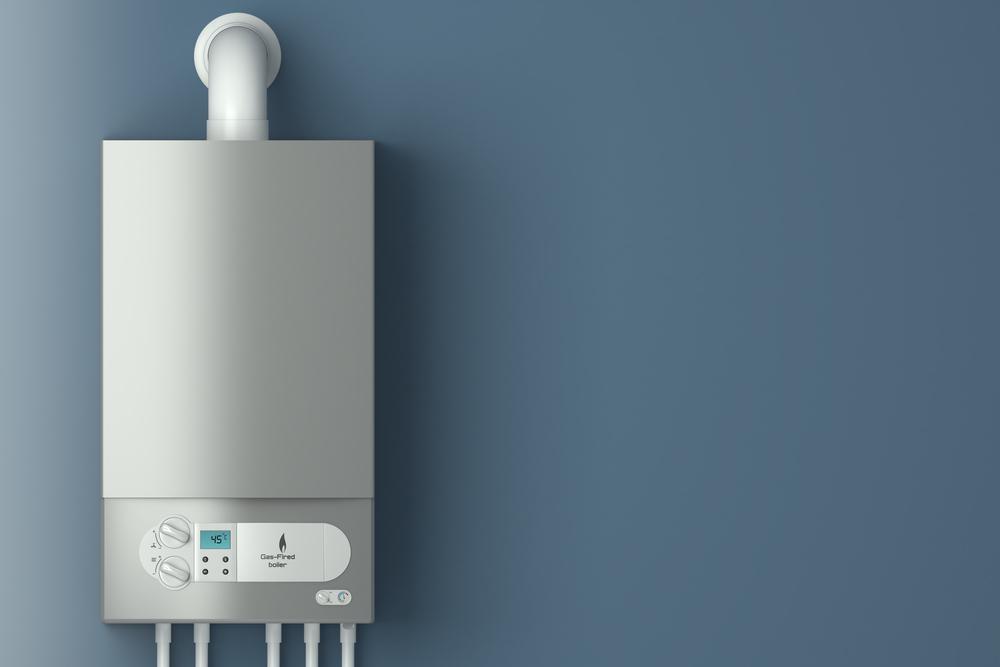Ultimate Guide to Choosing the Right Pool Heating Solutions
This comprehensive guide explores various pool heating options, including electric resistance, gas, heat pumps, and solar systems. It assists pool owners in making informed decisions to ensure efficient and cost-effective heating solutions, suitable for different pool sizes and preferences. The article emphasizes eco-friendly choices and highlights the advantages and limitations of each system, aiming to help readers select the best heating method for their needs and budget.

Ultimate Guide to Choosing the Right Pool Heating Solutions
Selecting the perfect pool heating system is a crucial decision for pool owners. With a variety of options on the market, this article explains the main types of pool heaters, helping you find the ideal solution for your needs. Knowing the differences ensures efficient, cost-effective warm water for your pool throughout the season. Below are the primary categories of pool heating equipment.
Electric Resistance Pool Heaters
Electric resistance heaters warm water by passing electric current through internal resistors. Water flows over these heated elements, absorbing heat before returning to the pool. They are commonly used for small pools and spas, especially for therapeutic or portable pools, despite their higher electricity use.
Gas pool heaters rely on natural gas or propane to produce heat. Combustion occurs inside a chamber, heating water circulated through copper coils. Though once dominant, their use has declined due to rising fuel prices and the increasing popularity of more efficient systems like heat pumps.
Heat Pump Devices
These systems transfer heat into the pool using electricity, eliminating the need for fuel. Air-source heat pumps draw warmth from the surrounding air, whereas water-source (geothermal) heat pumps extract heat directly from the water, offering a greener heating option.
Solar Pool Heaters
Solar-powered heaters use sunlight captured by solar panels installed in sunny areas. Water is circulated through these panels, absorbing heat before returning to the pool. Many pool owners complement solar heating with secondary systems on cloudy days to ensure consistent temperature.
Important Note:
Our blog shares a variety of topics aimed at providing useful and practical information. While we strive for accuracy, content shouldn’t replace professional advice. The editorial team isn’t responsible for data discrepancies or updates. Always check current schemes or offers to get the best value for your investment.


